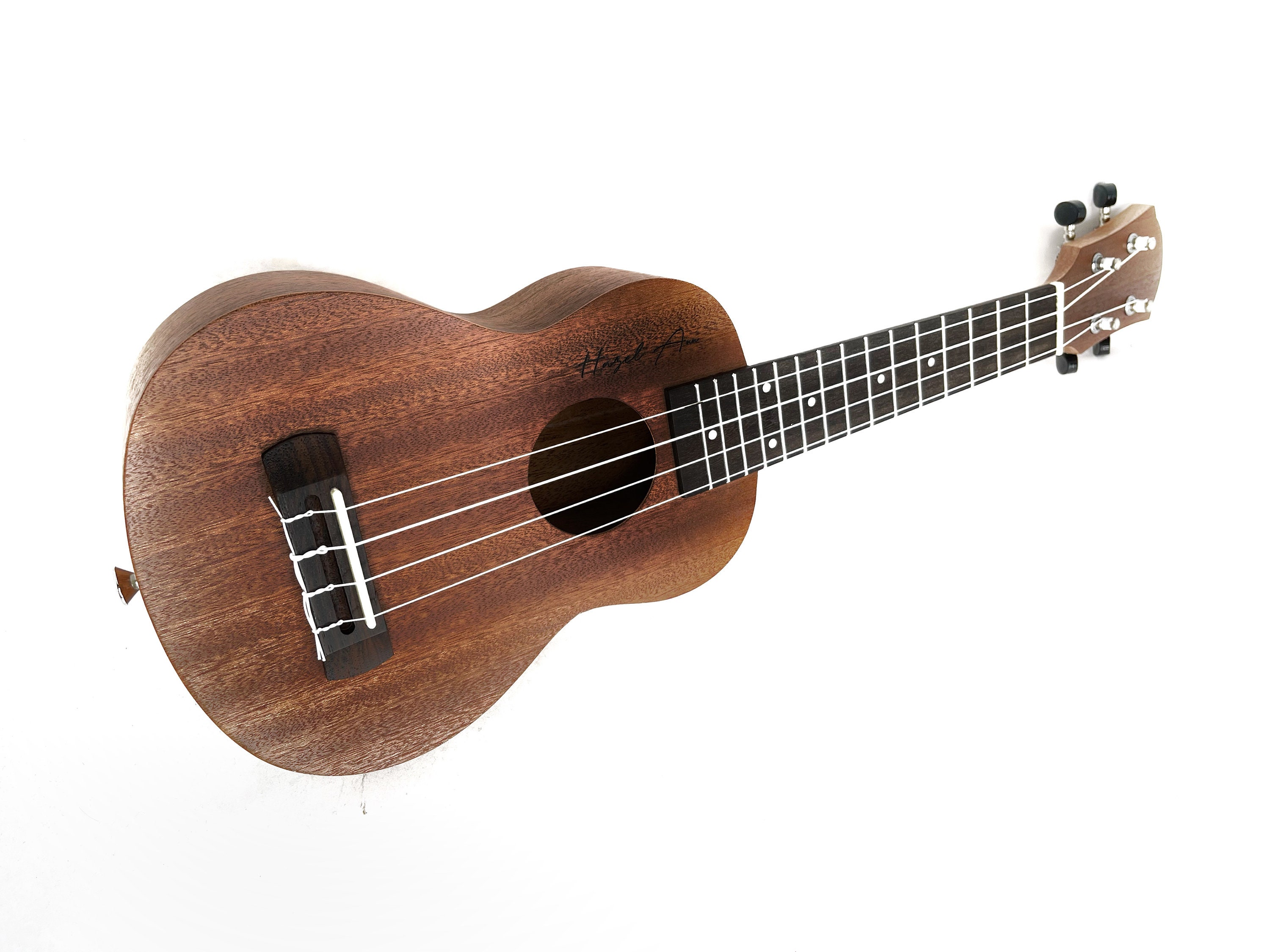
The ukulele is a very interesting and beautiful instrument. It comes in a variety of shapes and sizes. The typical ukulele most people think of is the four string, tenor ukulele. It is tuned GCEA.
This might be pointing out the obvious, but you have to listen to the song before you try to work it out and before you even pick up your Ukulele for sale in uk. Try to pick out the structure of the song, when the chords change, when sections are repeated. See if you can relate the song to one you know already. Many songs are structured in a very similar way. If you can relate it to a song you know already, you're off to a head start.
Y: Yard fun: Go to your yard (or a park) and have some fun. Have someone hide peanuts in their shells for you to find. Play tag. Play hide and go seek. Run around the perimeter of the yard as fast as you can. Now skip around the perimeter of the house. Rake up a pile of leaves and bury yourself. Try to use all the space in the yard for fun activities.
As you can see this chord is the same chord as a D major on a guitar. A little bit confusing if you also play guitar but I guess you will get used to it.
That performance of Queen's Bohemian Rhapsody was enough to make one weep. When I went to YouTube and to check out other videos I found many. They show his mighty and amazing versatility on the lowly and often laughed at Ukulele.
I suggest that you try to learn the note names as you play as a preparation for the song you will soon learn to play. A tips is also to use your left hand index finger to play the notes on the first fret, your middle finger Ukulele for sale the second fret and so Check it out on.
M: Muddy Movements: It's easy to just walk across a room. How would you move if the ground was covered with thick, wet mud? What if you had to walk through Jell-O? Try moving through a room of pretend peanut butter. Now move as if you had glowing lava under your feet!
This means that the first string is tuned to an A, the second string to an E, the third string to C and the fourth string to G. All of these notes are on the middle octave of a piano if you happen to have one around.